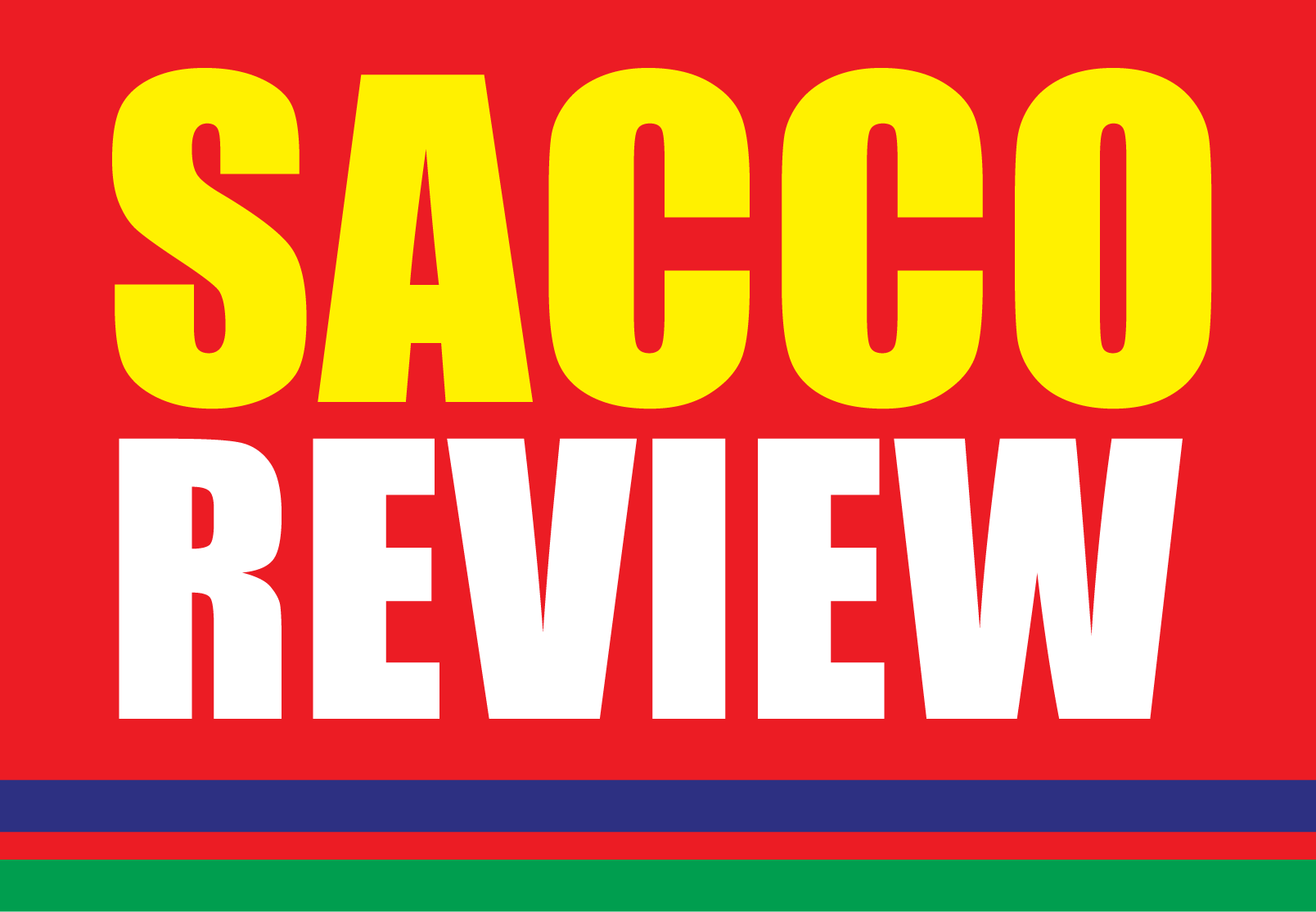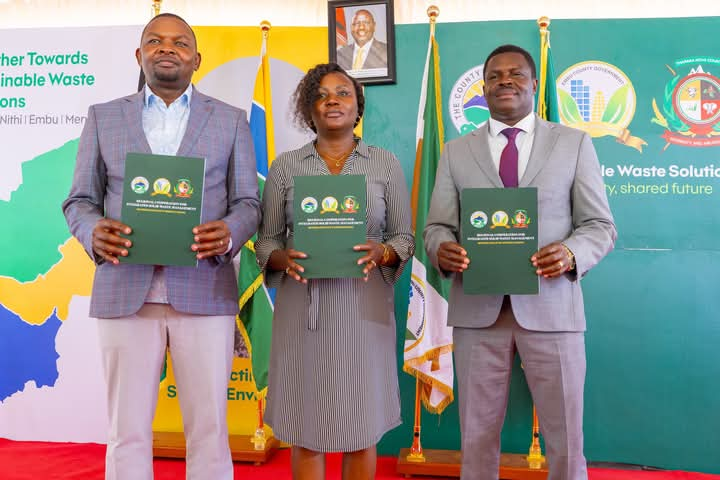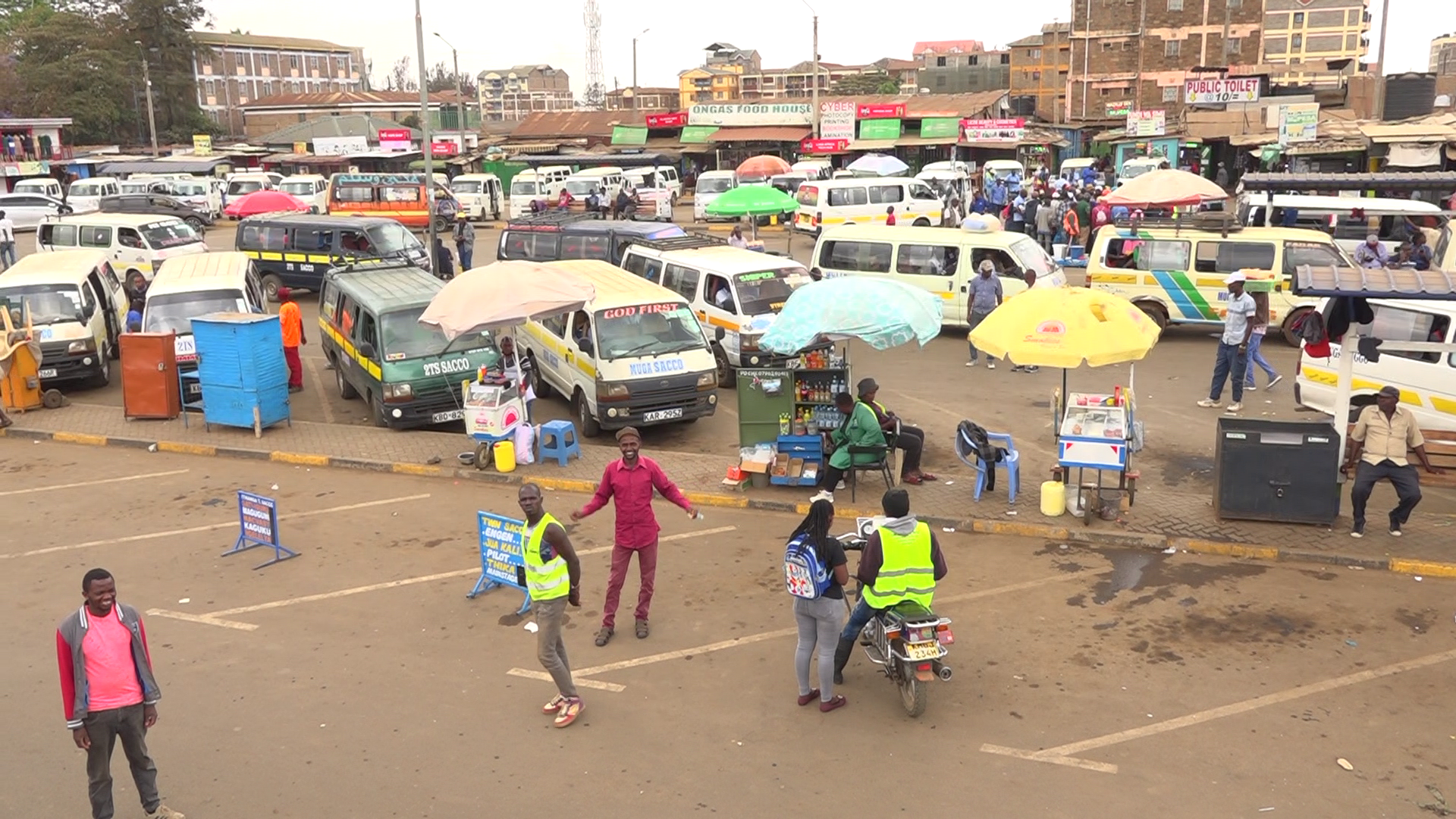Agriculture and Livestock Development Cabinet Secretary Mutahi Kagwe has defended the four per cent Sugar Development Levy, arguing it is necessary to sustain industry growth, fund research, and cushion the sector against cane shortages.
This is despite pushback from millers who argue that the levy will increase their financial burden, with some calling for a reduction to as low as one per cent, while others demanded an increase to 10 per cent.
Appearing before the Senate Committee on Delegated Legislation on Thursday, CS Kagwe said the levy, already gazetted and in effect since July 1, 2025, under Section 40(1) of the Sugar Act, 2024, was agreed upon after broad consultations and a Regulatory Impact Assessment.
“Maintaining the rate at 4 per cent is not about burdening the industry, but about aligning resources to the scale and scope of today’s challenges and opportunities,” Kagwe told the committee.
He explained that most stakeholders settled on four per cent, a position the ministry adopted.
ALSO READ:
SACCOs overtake banks in affordable loans amid overstretched liquidity
“The levy can be reduced later in years, but at present we must consolidate resources to secure the sector’s growth,” he said.
Kagwe, who was accompanied by Sugar Board CEO Jude Chesire, further said the Kenya Sugar Research and Training Institute (KESRETI) has had its mandate broadened under the new law to include training, a responsibility that requires heavy investment in both curriculum and infrastructure.
“The four per cent levy ensures adequate and sustainable financing to meet these expanded obligations,” he added.
He assured senators that proper management and oversight of the levy would be carried out in consultation with stakeholders. According to the CS, management and oversight of this levy will be done properly with its stakeholders, where “farmers from the majority in the Sugar Board will make decisions on how the funds are applied.”
Under the Sugar Act, the proceeds of the four per cent levy are ring-fenced to support specific priorities within the industry.
ALSO READ:
MPs question SASRA over alleged financial mismanagement, ownership disputes at Nandi Teachers Sacco
Forty per cent is allocated to cane development and productivity enhancement, while 15 per cent goes to factory rehabilitation. Another 15 per cent is channelled into research and training, particularly through the Kenya Sugar Research and Training Institute, and an equal share is set aside for infrastructure projects in sugarcane-growing regions.
Ten per cent of the funds are directed towards the administration of the Kenya Sugar Board, with the remaining five per cent earmarked for strengthening farmer organisations.
The CS stressed that these allocations are crucial at a time when the industry is struggling with a severe cane shortage, new milling investments in Transmara and Bura, and the urgent need to replace 97 per cent of old sugarcane varieties with high-yield, drought and disease-resistant varieties.
He also noted that the government is ready to work with millers to promote the production of industrial sugar within Kenya, which he said will help reduce dependency on imports.
The levy applies to all local millers and importers. For sugar produced locally, it is calculated on the ex-factory price, while imported sugar is charged on the cost, insurance and freight (CIF) value of consignments. The Kenya Revenue Authority (KRA) is tasked with collecting the levy and remitting it to the Sugar Development Fund.
By Juma Ndigo
Get more stories from our website: Sacco Review.
For comments and clarifications, write to: Saccoreview@
Kindly follow us via our social media pages on Facebook: Sacco Review Newspaper for timely updates
Stay ahead of the pack! Grab the latest Sacco Review newspaper!



